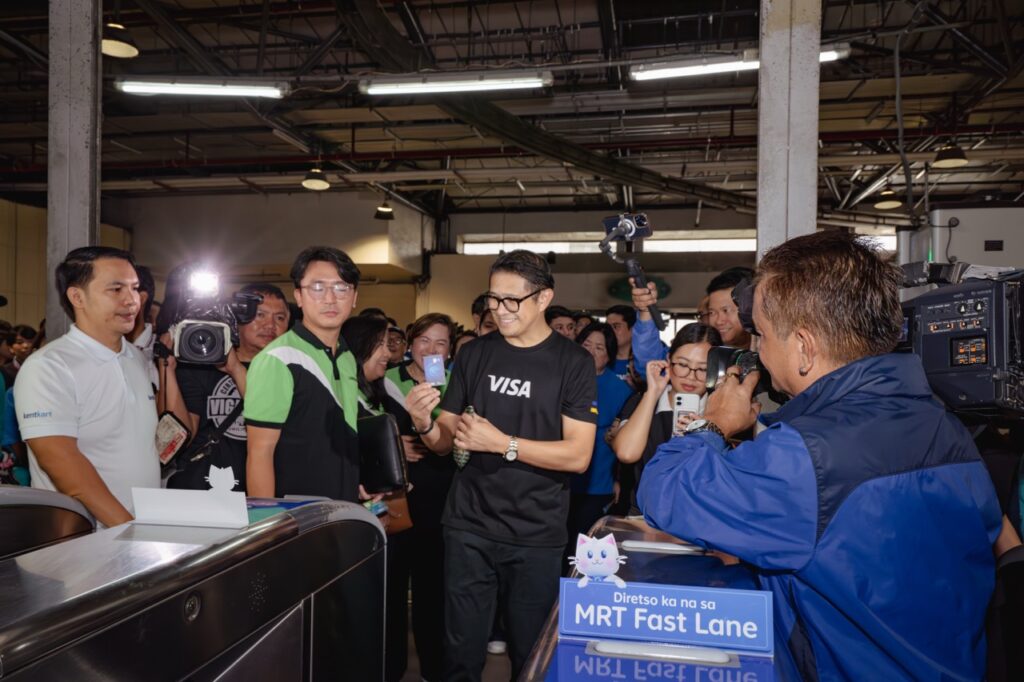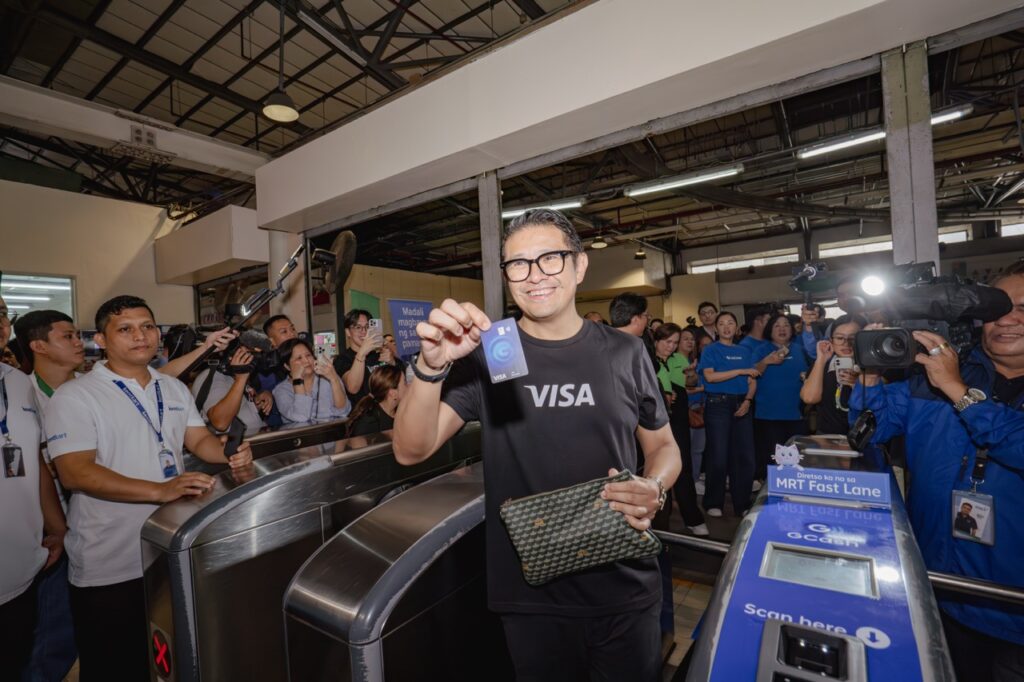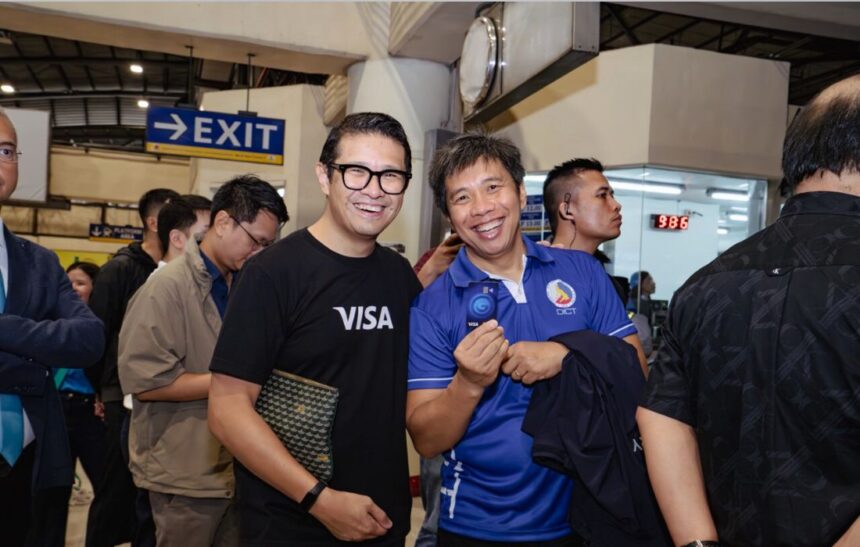Commuting along EDSA just got a major upgrade. Visa contactless payments are now live at all MRT-3 stations. This gives over 350,000 daily commuters a faster, more secure, and cashless way to pay. This marks a significant step in building a more connected, cashless future for public transport.
Starting today, passengers can simply tap their Visa card directly at the station turnstiles. This includes credit, debit, or prepaid cards. You can also use any Visa-enabled mobile device like a smartphone or smartwatch. In essence, this eliminates the need to queue for single-journey tickets or to top up a stored-value card.

How to Tap and Go
Using the new system is designed to be as simple as possible. Commuters just need to:
- Look for the dedicated turnstiles with the Visa logo.
- Tap their physical Visa card or Visa-enabled device on the payment terminal.
- Wait for the beep and the green light, then pass through the gate.
The system automatically calculates the correct fare based on your entry and exit stations.
A Partnership for a More Seamless Commute
This rollout is part of Visa’s continued support for open-loop transit systems. An open-loop system means you can use your everyday bank card instead of a separate transport card. The initiative is a landmark partnership between Visa Philippines, GCash, and the Department of Transportation (DOTr).
Jeff Navarro, Country Manager for Visa Philippines, shared his excitement. “We’re proud to bring Visa contactless payments to MRT-3 and help modernize everyday commuting for millions of Filipinos. Through our partnership with the DOTr and GCash, we’re enabling faster, safer, and more seamless journeys.”

What This Means for Filipino Commuters
This new contactless system seeks to improve the commuting experience. It will benefit the more than 350,000 Filipinos who take the rail line daily. Furthermore, it is a step forward in reducing long lines and improving passenger flow, especially during peak hours.
This partnership integrates modern payment solutions into everyday life. Ultimately, it helps make commuting in Metro Manila a little bit easier for everyone.









